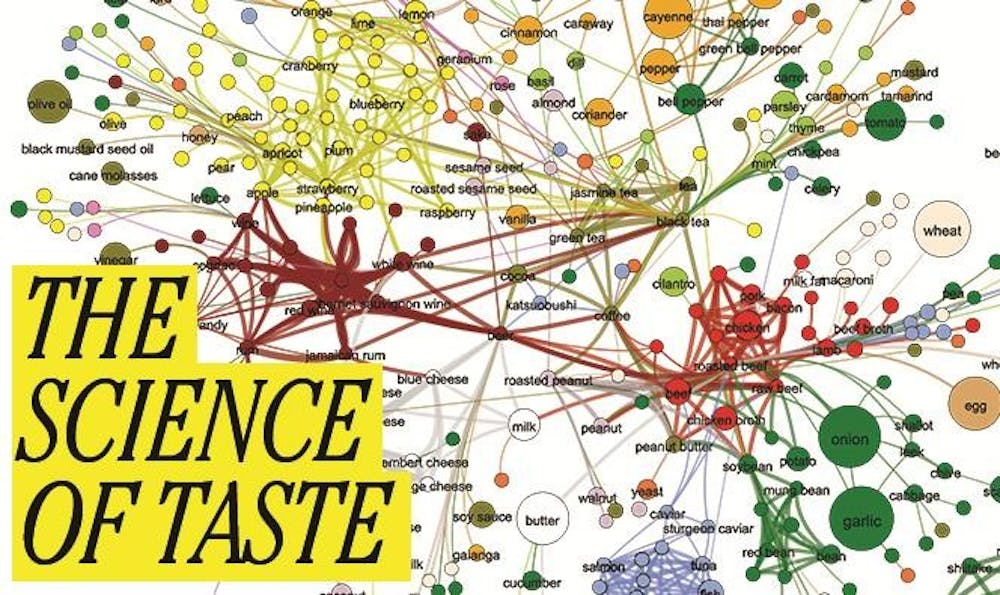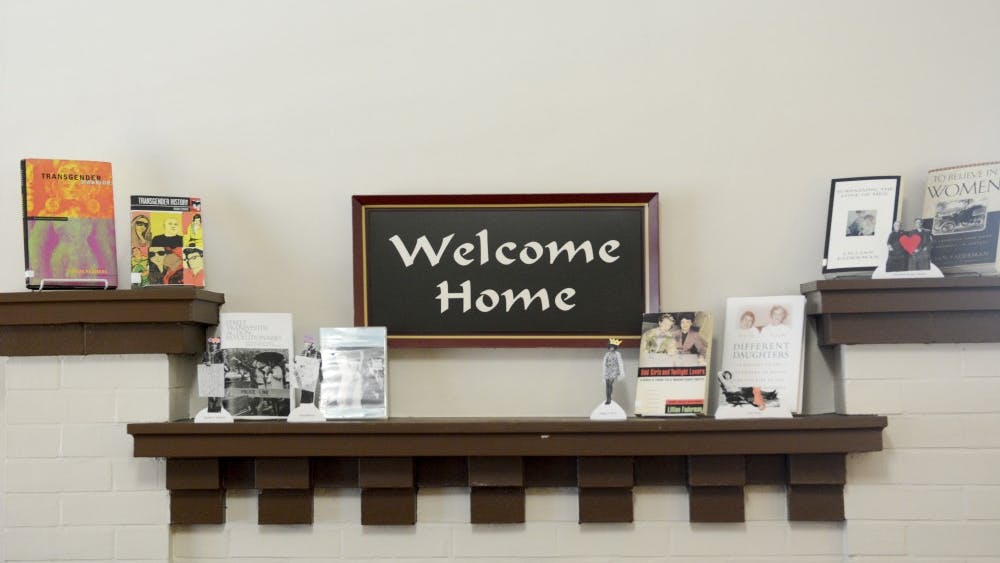Foodies, take a break from your Pinterest recipe boards because there’s a new source for inspiration. School of Informatics and Computing assistant professor, Yong Yeol Ahn, used chemistry data to produce a network of flavor compounds that show which foods taste good together. So untie your apron because this cooking lesson will take you out of the kitchen and into the lab.
How they mapped it
The idea for this map comes from what’s known as “food pairing.” It’s a fairly recent theory that simply means foods taste good together because they share similar chemical compounds. The more compounds they share, the better they taste. For instance, white chocolate and caviar taste really good together. It’s because they share a compound called trimethylamine, which has a strong fishy smell in low concentrations and an ammonia-like smell at high concentrations.
But remember, Ahn and his other team members didn’t actually taste-test the food combinations — they just compiled the data. Ahn makes it clear that while the data show certain ingredients share these flavor compounds, the results aren’t conclusive. Not to mention, this study ignores the color, texture, and quantity of the different ingredients, which are all factors in determining what foods actually taste good together. Because as Julia Child once said, “… cooking is a serious art form.”
But here’s the thing
The more flavor compounds, the better it tastes, right? Not quite. That rule only works for Western European and American cuisines. Ahn created a separate taste map to explain this. These Western cuisines previously mentioned often share similar flavor compounds, while East Asian cuisines actually prefer foods that have opposite flavor compounds.
56,498
Number of recipes used to create the map. They came from epicurious.com, allrecipes.com, and menupan.com, a Korean-language recipe site, so as to avoid a completely Western interpretation of cuisine.
20,951
Number of times egg is found in the recipe database. That’s more than one third of the total number of recipes.
8
The average number of ingredients found in any given recipe.
10 quadrillion
The potential number of recipes that could be created using the ingredients found from the three recipe websites.
About the professor
Yong Yeol Ahn has been an assistant professor at the School of Informatics and Computing since 2011. He says working on this map piqued his own curiosity in the culinary arts, choosing to try out dishes like Spaghetti Bolognese in his own kitchen.
Ahn published the mappings in October 2011 with Sebastien E. Ahnert, James P. Bagrow, and Albert-Laszio Barabasi and has received recognition throughout the foodie community. He says he’s been contacted by several chefs who want to hang the taste map up in their restaurant as a piece of art.
Science behind tasting

Get stories like this in your inbox
Subscribe





